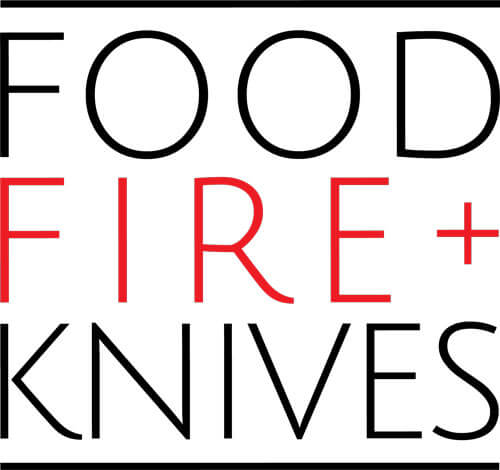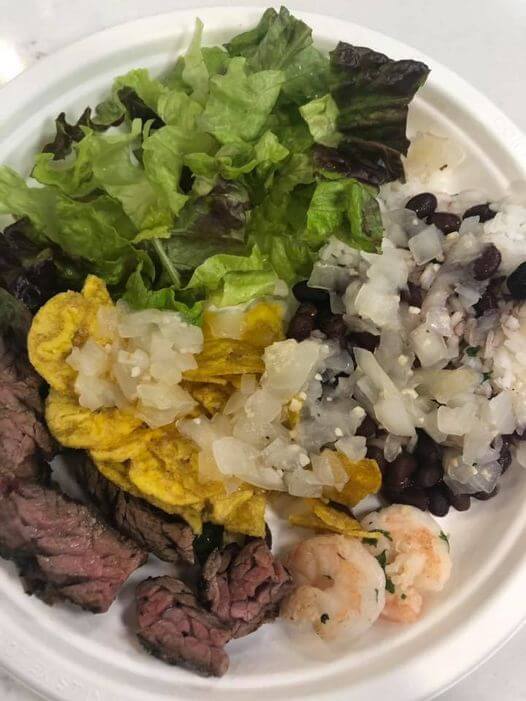One of the most exciting things about being a private chef is that no matter how seasoned and well-trained you are, you’ll always run into unexpected situations that will require you to think on your feet. For example, suppose you suddenly run out of ingredients. In that case, you’ll have to improvise and experiment. With a unique blend of seasonings, oils, or even various types of meat to create an unforgettable dish—you potentially create a viral sensation. What if you accidentally overcook a slice of meat? You’ll need to devise innovative ways to make it work to avoid being wasteful. Cooking meats to the right temperature can make or break a party.
Cooking meat to the right temperature is a challenge that many chefs struggle with. This is especially true when preparing for a special occasion, a large gathering, or experimenting with a new recipe. You must be cook meat to the recommended temperature to destroy any harmful bacteria tucked away in the sinews and fat, ensuring it’s safe to heat. Here are a few tips to follow:
Use a Food Thermometer
You should measure the internal temperature of food with food thermometers. Once meat is almost done cooking, you check the temperature. All you have to do is insert the needle in the thickest part of the meat, ensuring it doesn’t touch fat, cartilage, or bone, which will display a different temperature. Knowing a meat’s temperature gives you a good idea of its doneness, helping you cook it to the desired temperatures.
Cook Poultry at 165ºF
Poultry, including duck, goose, chicken, pheasant, turkey, and quail, must attain an internal temperature—whether in whole or ground form—at 165ºF. Raw poultry can make people violently ill. Various harmful bacteria like campylobacter, salmonella, and clostridium perfringens may infect raw poultry.
Cook Beef at 145-160ºF
Although people generally prefer their beef at varying doneness, there is a safe internal temperature it must achieve to ensure that it is free of harmful organisms. Ground beef, like burgers, sausages, and meatballs, must reach an internal temperature of 160ºF. On the other hand, steak and veal must reach an internal temperature of at least 145ºF. Ground meat requires a higher internal cooking temperature. Bacteria is spread throughout the beef after being ground. This increases the risk of contamination by e.coli. Additionally, the protein responsible for causing Creutzfeldt-Jakob disease has been found in beef products. It’s crucial to kill all bacteria by cooking it to the recommended temperature.
Cook Lamb and Mutton at 145-160ºF
Like beef, lamb and mutton must reach a similar internal temperature. Lamb is the meat of young sheep in their first year of life, while mutton refers to meat from adult sheep. People usually eat lamb and mutton unprocessed, although many cultures smoke and salt their lamb.
Lamb meat can contain bacteria that cause severe illnesses like Staphylococcus aureus and E.coli. To kill these harmful organisms, you need to cook ground lamb to 160ºF, whereas mutton and lamb chops should reach an internal temperature of 145ºF.
Heat Pork and Ham at 135-165ºF
Eating raw or undercooked pork products leaves you at risk for contracting trichinosis, caused by a parasite found in pork. Heat fresh pork or ham to 145ºF to kill the pathogen. However, if you’re reheating pre-cooked ham or pork, it must reach an internal temperature of 165ºF. It is difficult to ascertain the correct internal temperature for pork products like bacon due to their thinness. Cooking it until crispy is often a good indicator that it is fully and properly cooked.
Allow Your Food to Rest
Once you’ve cooked red meat, it’s essential to let it rest uncovered for three minutes, as it will continue to cook even when taken off the stove, killing off any remaining bacteria. Whole cuts of red meat need resting time. They are completely cooked at 145ºF, the temperature of a medium-cooked steak.
Conclusion
There’s a lot of guesswork involved in cooking meats to the right temperature, as many people determine its doneness by how its outside appearance. Unfortunately, this leads to roasts that are well-cooked with a juicy crust but raw, red, and soft on the inside. By learning the appropriate temperatures for each type of meat, using a food thermometer, and letting them rest, you’ll eliminate all harmful pathogens from the meat and create a delicious, tender meal.
If you’re a Charleston private chef hoping to serve more clients, let us know at Food Fire + Knives! We are a premier network of private chefs connecting them to clientele all over the country. We want everyone to enjoy a unique in-home dining experience. Let’s introduce them to local, independent chefs who are eager to share their innovative creations. Join our network today!

